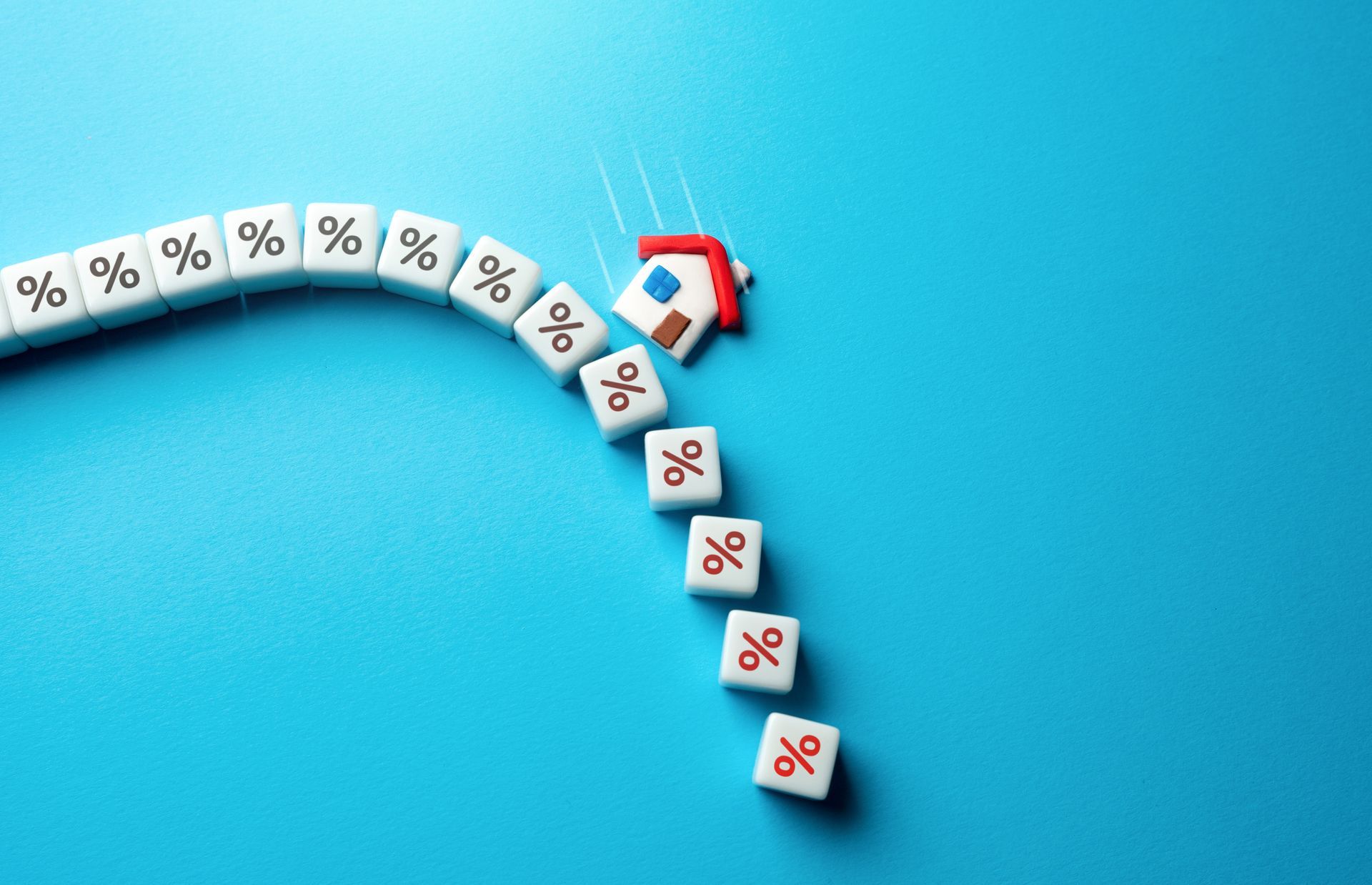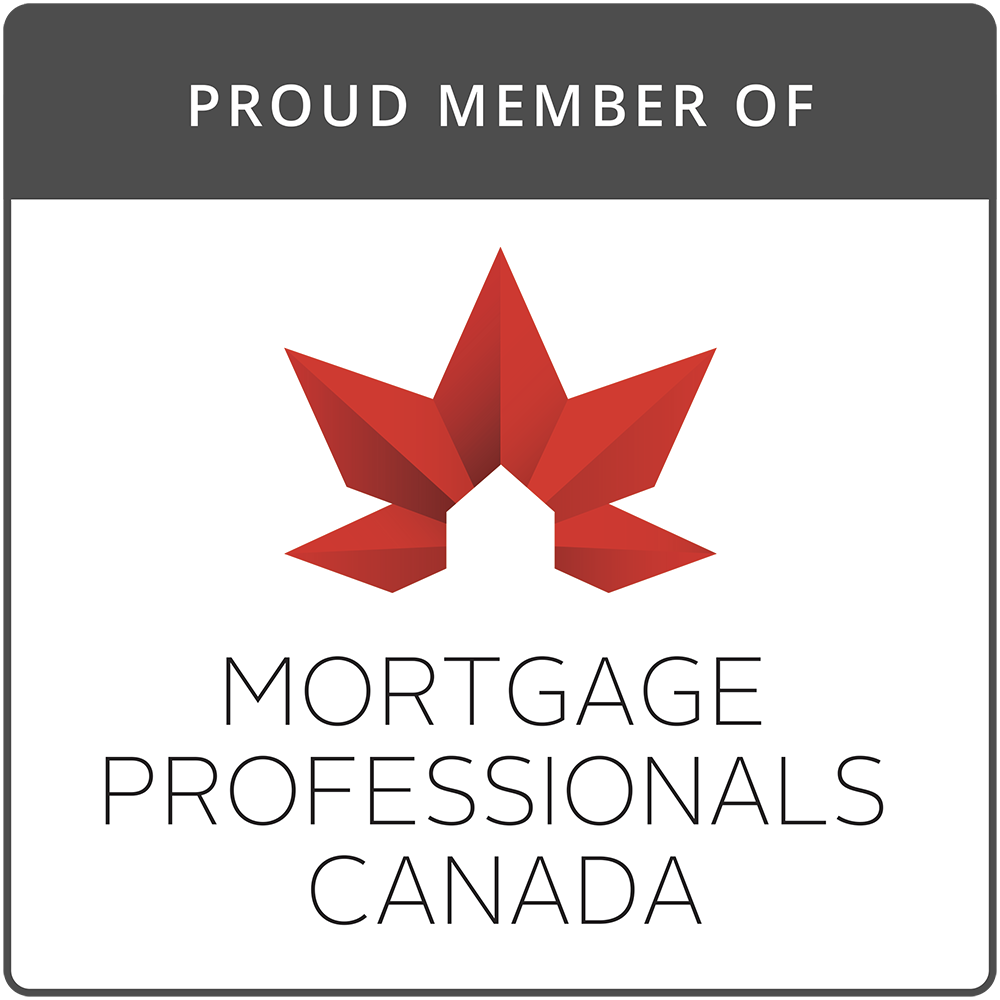Down Payment
To obtain a mortgage a Borrower must provide an upfront cash payment called a Down Payment. How much will the down payment be? That depends on the type of mortgage product and the customer profile.
There are three broad categories:
- High-Ratio Mortgages require a down payment of between 5% and 19.99%. They must be insured (by CMHC, Sagan or Canada Guarantee) but are only eligible for insurance if the mortgage balance is less than $1 million;
- Conventional Insurable Mortgages require a down payment of at least 20% and if the mortgage balance is less than $1 million the mortgage is also eligible for insurance. Although, the insurance is not necessarily required.
- Conventional Uninsurable Mortgages of over $1 million require a down payment of at least 20%.
- Properties valued under $500,000 - the minimum down payment must be at least 5%
- Properties valued between $500,000 and $999,999 - the minimum down payment must be at least 5% on the first $500,000 and 10% on the amount above $500,000.
- Properties valued at $1,000,000 or more - the minimum down payment must be at least 20%.
What if you don’t have the money for a down payment? You should be aware that borrowing a down payment will make you ineligible for some mortgage products. Many first-time home buyers receive a gift from family for some, or all, of their Down Payment. This is acceptable to most lenders as long as the Borrower provides a letter from the giftor showing whether the funds are repayable or not. How would a lender even know where the funds for your down payment came from? Borrowers are required to provide documentation proving the source of the funds.
About The Author

Don Scott
Don Scott is the founder of a challenger mortgage brokerage that is focused on improving access to mortgages. We can eliminate traditional biases and market restrictions through the use of technology to deliver a mortgage experience focused on the customer. Frankly, getting a mortgage doesn't have to be stressful.
Related Posts






